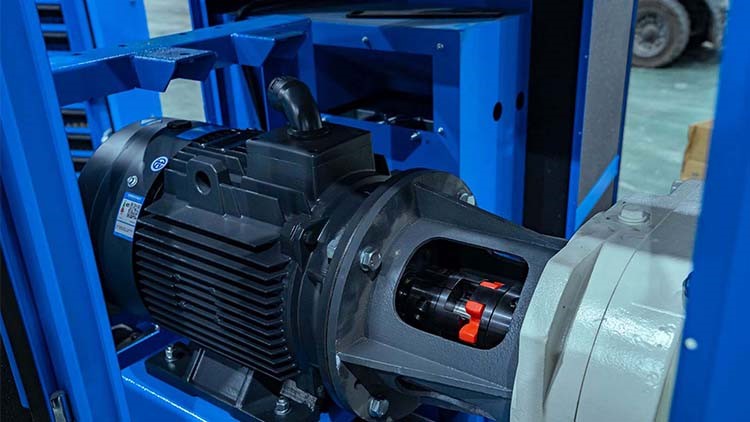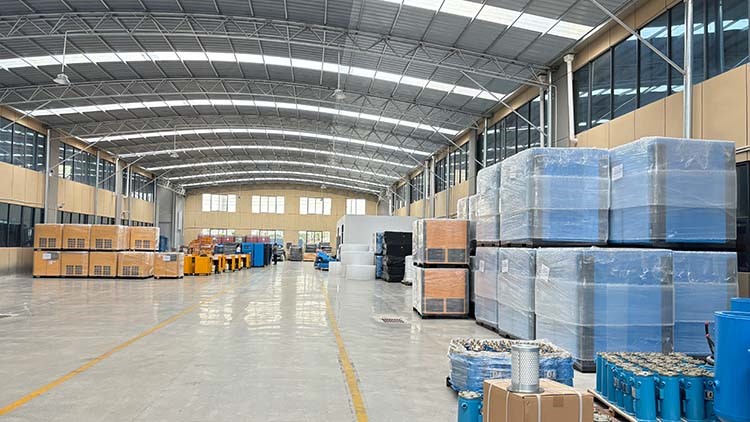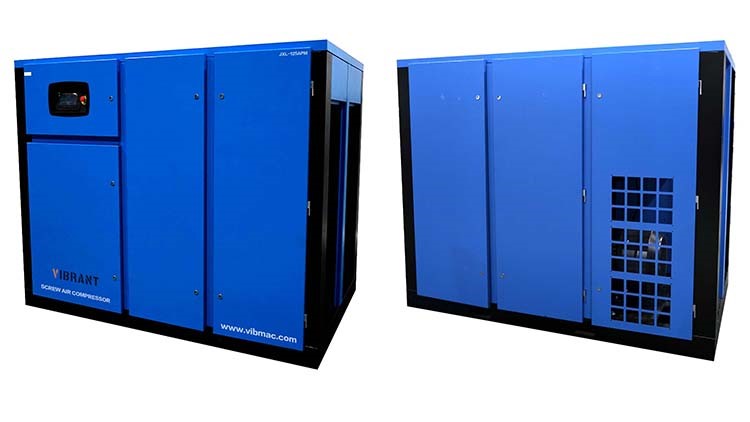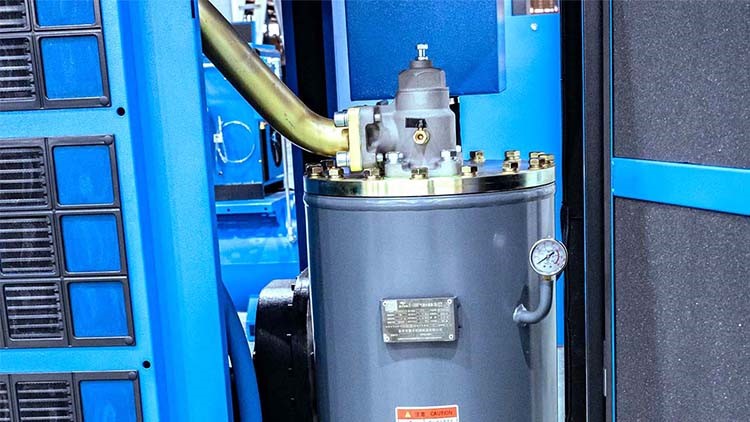Why it Matters for Your Well-Being
Have you ever thought about the air you breathe? Most of the time, it drifts by without notice, yet it is the silent thread that holds life together. Inside that clear blanket, though, floats a mix of gases and tiny bits, harmless and some we should fear. Knowing what swirls around us helps keep our bodies healthy and the planet in balance. That is why PPM, or what is ppm in air quality, is more than dusty.
Healthy and Safe PPM Levels
PPM gives us a simple way to check whether the air is clean or polluted; it acts like a compass for pollution. Agencies around the globe, including the U.S. Environmental Protection Agency (EPA), set PPM rules so folks do not breathe in trouble. These rules spell out the highest safe levels for each pollutant, over hours or days, so we know when to worry. In factories, the same idea appears as Permissible Exposure Limits (PEL) and Threshold Limit Values (TLV), telling employers how much workers can be exposed to during an 8-hour shift. Even if you never step onto a loading dock, those rules point to why watching PPM in every corner matters.
What qualifies as healthy air, measured in parts per million (PPM), for everyday people can get a little tricky. The Air Quality Index, or AQI, takes those technical PPM numbers and turns them into an easy color-coded chart so anyone can see how clean or dirty the air is. An AQI reading between 0 and 50 is labeled Good, while scores over 100 point to unhealthy air. That traffic-light style guide lets us check conditions with just a glance.
Why Does PPM Matter When We Talk About Air Quality?
Each inhale carries whatever is floating in the air right into our lungs and, from there, through our whole body. Because tiny changes in PPM can change how we feel. So-called safe levels might still let invisible pollutants slip by and cause slow, hidden damage. Those sneaky particles can push asthma and allergies into overdrive and even raise the odds of heart trouble or lung cancer. Heavy cars, buses, and factories pump out extra smoke, nitrogen, and ozone, leaving residents breathing higher-than-average numbers day after day. That steady exposure can spark chronic coughs, wheezing, and a long list of other health problems. Meanwhile, air in a quiet forest usually tests at shockingly low PPM values, giving hikers deep, calming breaths that feel almost like a natural reset.
Taking Action for Cleaner Air
So, what is ppm in air quality?? Think of it as a count of tiny troublemakers in every million air molecules. Understanding that figure is a great first step. But knowing it is only half the job.
1. Stay Informed: Tap a weather app or visit local government pages to check today’s Air Quality Index. Cities like Lahore send you a fresh AQI number every morning.
2. Monitor Your Environment: Install a home PPM meter if you work indoors all day. Real-time readings show when to open a window or run a purifier. For trusted models, visit our website.
3. Reduce Your Footprint: Back plans that cut gas and smoke from cars and factories. Whenever you can, ride a bus, share a ride, or walk and pedal instead.
4. Improve Indoor Ventilation: Open windows and doors when outside air is clean. Run exhaust fans in kitchens and bathrooms to push out stale air.
5. Choose Wisely: Pick low-VOC paints, green cleaners, and furniture that releases little off-gassing.
6. Support Policy: Push for tougher air quality rules on PPM and better on-the-ground enforcement from agencies like the EPA. Study how laws such as the Clean Air Act have cleaned the sky over the decades.

Regulations and Standards for Air Quality PPM
Knowing and obeying air quality rules is vital for keeping people and nature healthy. Both global and national groups set clear limits on how many harmful particles can show up in the air, measured in parts per million (PPM). Those limits grow out of science and large studies on what pollution does to our bodies.
Environmental Protection Agency (EPA)
In the United States, the EPA takes the lead on clean air. The agency writes the National Ambient Air Quality Standards (NAAQS), which list the highest safe levels for key pollutants. That group of offenders includes ozone (O₃), nitrogen dioxide (NO₂), sulfur dioxide (SO₂), carbon monoxide (CO), and small bits of matter.
The EPA numbers come in either PPM or micrograms per cubic meter (µg/m³), and they divide exposure into short bursts, like 1-hour or 8-hour limits, and longer yearly caps. By following these benchmarks, factories, lawmakers, and everyday citizens can work together to keep the air fresh and free to breathe.
Occupational Safety and Health Administration (OSHA)
OSHA keeps an eye on the air inside workplaces. It sets Permissible Exposure Limits or PELs for dangerous fumes and dust, expressed in parts per million (PPM) or milligrams per cubic meter (mg/m³). Following these rules helps shield workers from years of exposure to gases such as carbon monoxide, volatile organic compounds, and formaldehyde.
Manufacturers, labs, and other sites must regularly check the air so levels stay below the PELs, or they risk fines and unhealthy employees.
National Institute for Occupational Safety and Health (NIOSH)
NIOSH, part of the CDC, issues Threshold Limit Values, or TLVs, giving crews a roadmap for safer jobs. These numbers are not the law, yet they steer safety plans around the world. Often tougher than OSHA’s PELs, NIOSH TLVs play a big role when factories write risk plans or set up new equipment.
The Clean Air Act
The Clean Air Act gives the U.S. Environmental Protection Agency (EPA) the muscle to cut airborne pollutants. Under this law, companies that pump out too much of any compound face fines and must fix leaks, while communities gain fresher, healthier air.
Conclusion:
PPM tells us exactly how much of a chemical is hiding in every breath we take. If you run a factory, check a school, or simply set up an HVAC unit at home, knowing what PPM means lets you choose smarter, safer steps for people and the law. Do you want your air-compressor system to be safe and sound? Head over to the VIBRANT solutions page for air-quality tests, easy guides, and helpful services.









